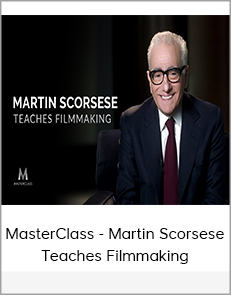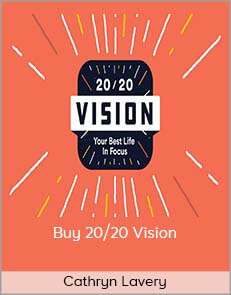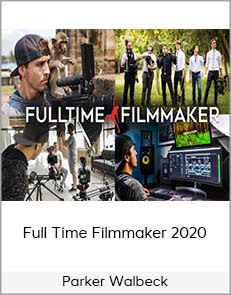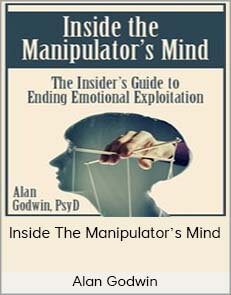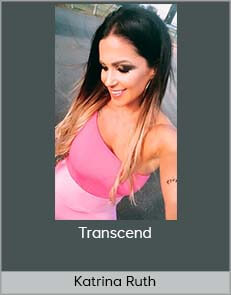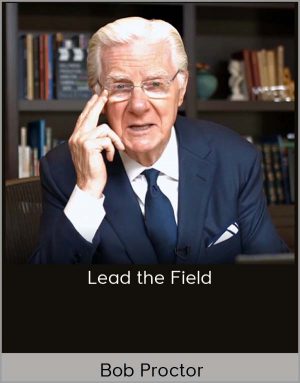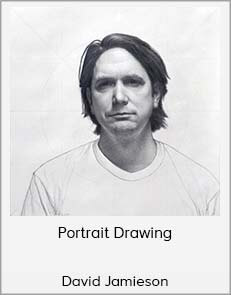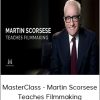MasterClass – Martin Scorsese Teaches Filmmaking
$37.00$90.00 (-59%)
Meet your new instructor: Oscar-winning director Martin Scorsese. Martin explains the goals of his MasterClass and talks about the importance of staying true to yourself on your filmmaking journey.
MasterClass – Martin Scorsese Teaches Filmmaking
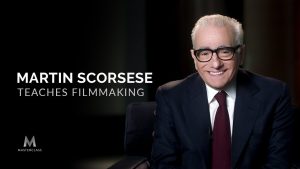
Check it out: MasterClass – Martin Scorsese Teaches Filmmaking
Martin Scorsese drew his first storyboard when he was eight. Today he’s a legendary director whose films from Mean Streets to The Wolf of Wall Street have shaped movie history. In his first-ever online film class, the Oscar winner teaches his approach, from storytelling to editing to working with actors. He deconstructs films and breaks down his craft, changing how you make and watch movies.
Topics covered in class
Each lesson includes an in-depth, downloadable workbook.
01. Introduction
Meet your new instructor: Oscar-winning director Martin Scorsese. Martin explains the goals of his MasterClass and talks about the importance of staying true to yourself on your filmmaking journey.
3:30
02. Beginnings
Martin explains how he realized that filmmaking was his true calling in life. He also talks about the importance of watching the old masters of cinema, from Orson Welles to Max Ophüls.
9:58
03. Martin’s Education
Martin teaches you to appreciate the value of every shot using the lessons he learned from his tough—but inspirational—professor at NYU.
8:13
04. Discovering Your Process
There is no set process for filmmaking, but in this lesson Martin offers you a glimpse of what his own process looks like. Learn to let your film take on its own life and always remain open to unexpected changes that could add value to a scene.
12:51
05. Channeling Your Influences
Martin encourages you to take inspiration from the work of other directors and discusses the significance of referencing other films in your own work.
6:46
06. Developing Your Style
Martin teaches the tenets of visual literacy and elaborates on the hallmarks of his style, including previsualization with storyboards, the use of voice-over, and the influence of documentary on his feature films.
14:34
07. Directing & Technology
Martin connects the atmosphere in which he first started making movies to the current climate of filmmaking, teaching you how technological advances can both help and hinder your creative process as a director.
9:35
08. Finding the Story
Martin teaches you how to see the inherently cinematic elements of your daily life and how to identify the themes and stories you are most drawn to.
10:05
09. Working With The Script
Martin shows you his process for reading scripts and how he goes about forming ideas. He also teaches you important lessons regarding research and explains how to further develop your script in rehearsal.
15:19
10. Casting Actors
Martin explains the significance of casting and offers his wisdom on how to interact with your potential actors, both individually and as part of a group. He also shares which performances he uses as models and what he looks for in an actor.
10:07
11. Directing Actors
Martin teaches you the importance of getting in front of the camera as a director. You’ll also learn how to build a trusting relationship with your actors, how to make time for them to experiment, and when to stop talking and start to shooting.
9:35
12. Locations
Martin shows you what you should look for when scouting locations and how to turn your location limitations into advantages.
10:35
13. Production Design
Martin teaches you how to reflect the themes of a story through production design. Learn how to bring the world of your film to life and when to take artistic license when depicting historical periods.
18:20
14. Costume Design
Learn how to let character dictate costume and how to collaborate with actors to find the perfect clothing for roles.
Get immediately download MasterClass – Martin Scorsese Teaches Filmmaking
15:13
15. Understanding Cinematography
Martin teaches you how to work with your cinematographer and tells you the best way to learn—by asking your DP questions.
10:59
16. Shooting Low-Budget Films
Discover Martin’s experience with low-budget filmmaking collaborating with cinematographer Michael Ballhaus. Learn how to creatively get the shots you need, even under tight budget and schedule constraints.
11:41
17. Working With Crew
Learn the differences between working with a small, core crew and a big one, and how to empower individual members of your crew.
10:25
18. Editing: Part 1
Martin reveals the magic of the edit room, and shares the qualities you should look for in an editor. He also prepares you for the continuous evolution that is intrinsic to the editing process.
14:39
19. Editing: Part 2
Martin teaches the importance being in sync with your editor and expounds on a valuable lesson: You may have to cut the scenes you love.
9:38
20. Color
Martin gives you a lesson on the historic use of color in cinema and explains his use of color in his own films.
7:03
21. Choosing Black and White
Martin discusses the evolution of black and white film and how he arrived at the decision to make Raging Bull in black and white.
7:15
22. The Importance of Sound Design
Martin teaches you his approach to sound design: enter the editing room with the intention of cutting away sound instead of adding it. Learn how to create atmosphere with sound design, as well as how to use sound to solve editing problems.
12:51
23. The Power of Music
Martin shows how music serves as part of the spiritual lives of his characters and talks about the films whose music influenced him, from director Kenneth Anger’s independents to the traditional scores of Hollywood films.
13:38
24. Promoting Your Film
Martin recommends promotional strategies and teaches you how to identify and target your film’s potential audience.
6:29
25. Scene Discussion: Barry Lyndon
Martin analyzes the first scene of Stanley Kubrick’s Barry Lyndon. Watch and learn as Martin breaks down the use of natural lighting and voice-over. Discover how every image in the scene embodies the structure of an entire historical moment.
4:41
26. Scene Discussion: Out of the Past
Martin analyzes the visual language of this scene from Jacques Tourneur’s Out of the Past, explaining the director’s use of light and shadow. Martin discusses camera tilts and Robert Mitchum’s performance in this scene.
2:26
27. Scene Discussion: Jules and Jim
Martin dissects the voice-over in François Truffaut’s film, explaining how it pushes the story forward and gives the audience copious information about the characters. Martin also analyzes the composition of frames and the effect of the music.
1:46
28. Scene Discussion: Vertigo
Martin discusses color and background action in this scene from Alfred Hitchcock’s Vertigo. Learn how point-of-view shots and specific angles contribute to the emotional power of the scene.
2:12
29. Scene Discussion: 8 1/2
Martin analyzes Federico Fellini’s choices in composition and lighting in this scene from 8 1/2, and shows how these impact our understanding of the protoganist. Watch and learn as Martin breaks down camera movement and the blocking of actors.
3:30
30. Finding Your Way
In his parting words of wisdom, Martin encourages you to find your own way and never lose sight of the creative spark that inspires you on each film.













